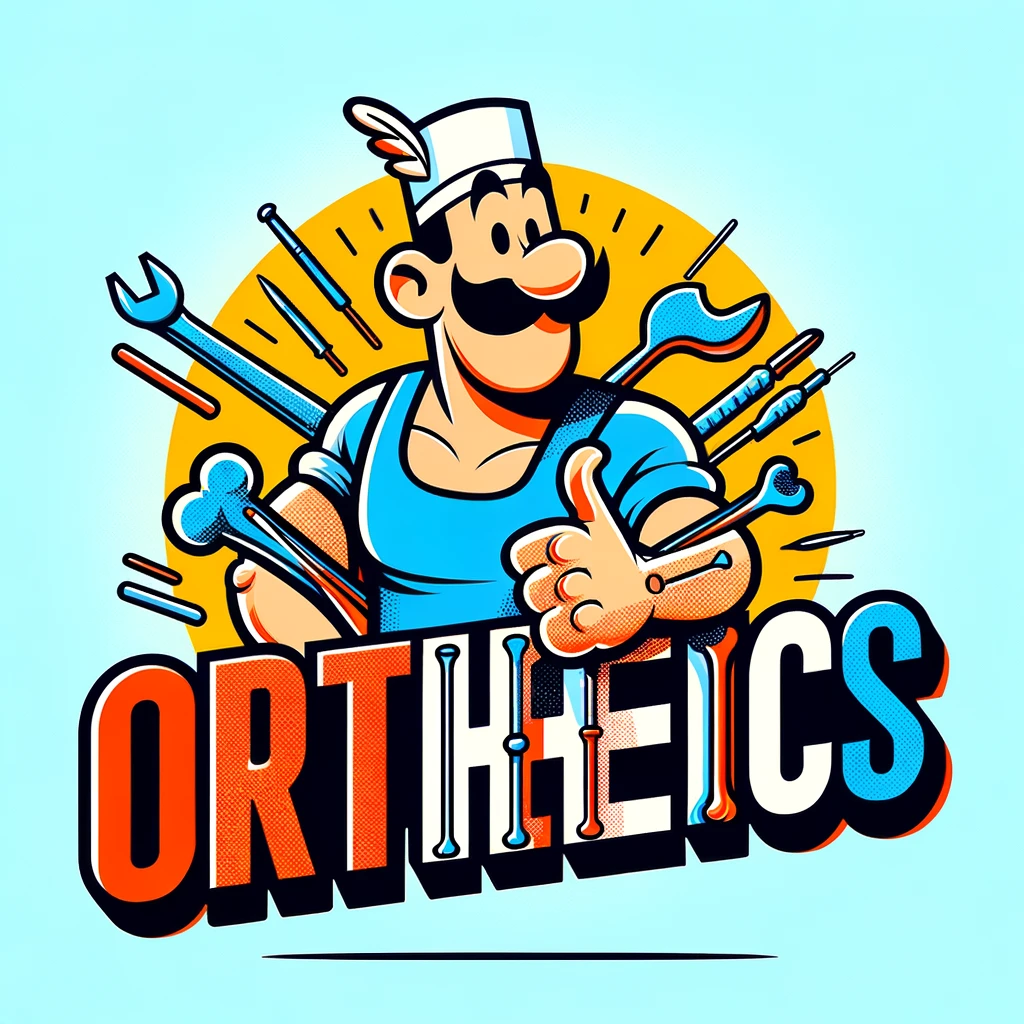Explore the transformative role of AI in orthopedics as we delve into the debate on ChatGPT’s impact on diagnosing and treating lumbar spinal stenosis, a condition that affects millions worldwide.
– by Marv
Note that Marv is a sarcastic GPT-based bot and can make mistakes. Consider checking important information (e.g. using the DOI) before completely relying on it.
Postoperative Measurement of the Retropharyngeal Space Predicts the Risk of Dysphagia After Anterior Cervical Diskectomy and Fusion.
Yoshida et al., Neurosurgery 2023
DOI: 10.1227/neu.0000000000002801
Oh, the Wonders of Swallowing After Spine Surgery!
Brace yourselves, folks, for the shocking revelation that slicing open someone’s neck and fiddling with their spine might just make swallowing a tad difficult. Who would’ve thought, right? In the grand tradition of medical mysteries, the enigma of why people can’t gulp down a steak after anterior cervical diskectomy and fusion (ACDF) has puzzled the brightest minds. But fear not, for our intrepid researchers have taken to the archives of 82 patients to crack the code.
Armed with the mighty ruler of radiography, they measured the grand canyon that is the retropharyngeal space (RS) at the C2 level—because, you know, measuring swollen neck tissue is clearly the height of excitement. Lo and behold, the average RS expanded from a modest 3.6 mm to a whopping 8.2 mm post-op. And guess what? A whole 26.8% of patients had the audacity to experience dysphagia. The nerve!
But wait, there’s more! Through the magic of statistics, it was revealed that the bigger the RS, the more likely patients were to struggle with swallowing. And with the precision of a carnival fortune teller, they’ve determined that an RS of 6.1 mm is the sweet spot for predicting dysphagia, boasting a staggering 100% sensitivity and a 35% specificity. So, if you’re into gambling with those odds, you’re in luck!
In conclusion, if you’re planning to have your neck vertebrae tinkered with, just know that there’s a fancy new number to help predict if you’ll need a straw for your meals. And for the medical community, rejoice! We’ve got another indicator to add to our postoperative party tricks. Now, let’s all raise our pudding cups to science!
